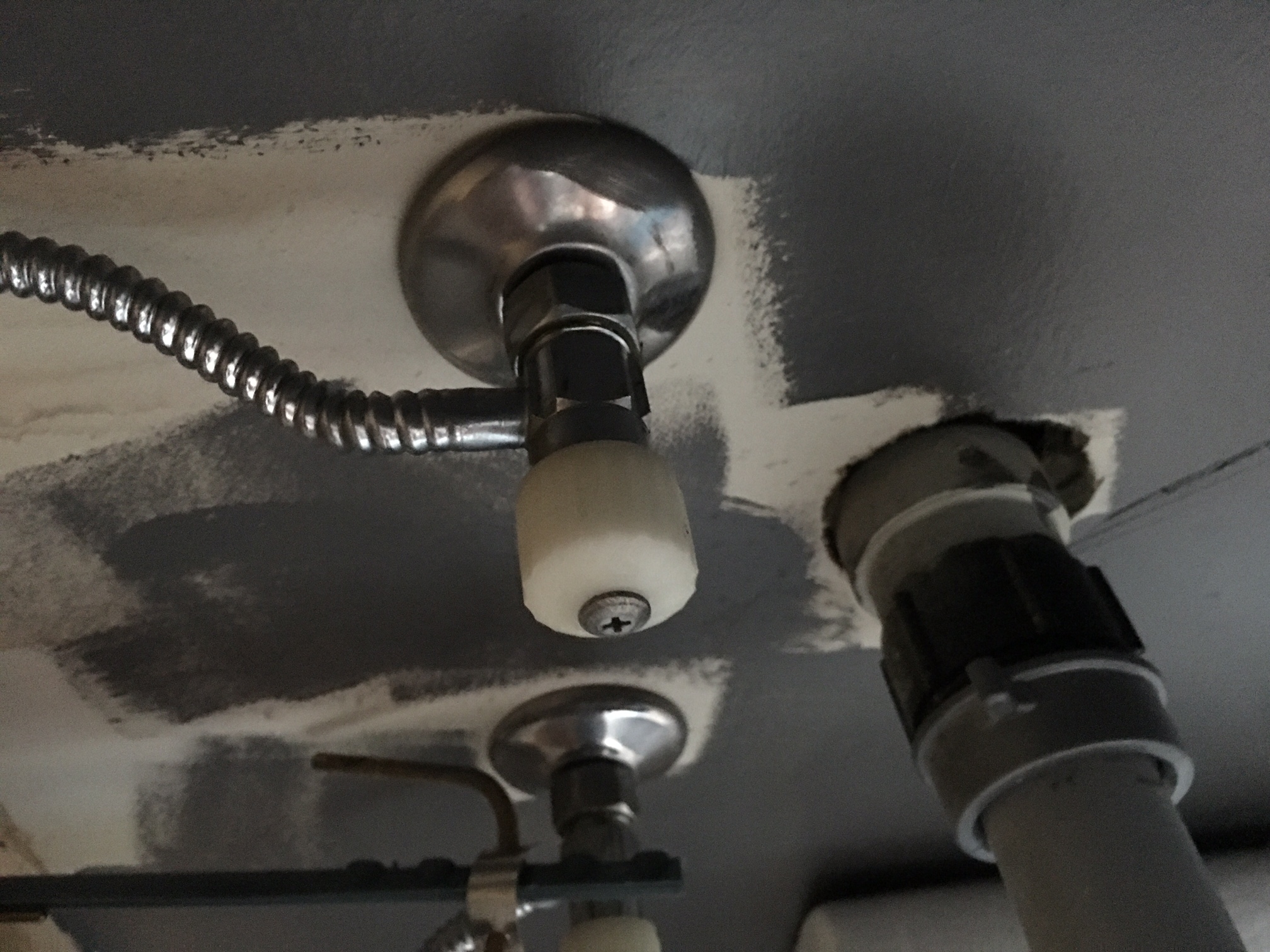I've replaced faucets before, no problem. My kitchen had funky shut off valves that were leaking, and they were the type that connected to bare pipe and had a supply line connection on the top, so I had to bring in a pro to replace the shut off valves before I replaced the faucet.
These (bathroom) shut off valves appear to connect to a screw in connection at the end of the pipe in the wall. I'm guessing I can just (after shutting off the water) unscrew the valve and replace it with a modern one that has a connection on top for the supply line.
Those with more knowledge: is that all there is? Or is this some funky old connection that isn't the right size for the modern replacements they sell at the big orange/blue stores?



 Please register to participate in our discussions with 2 million other members - it's free and quick! Some forums can only be seen by registered members. After you create your account, you'll be able to customize options and access all our 15,000 new posts/day with fewer ads.
Please register to participate in our discussions with 2 million other members - it's free and quick! Some forums can only be seen by registered members. After you create your account, you'll be able to customize options and access all our 15,000 new posts/day with fewer ads.